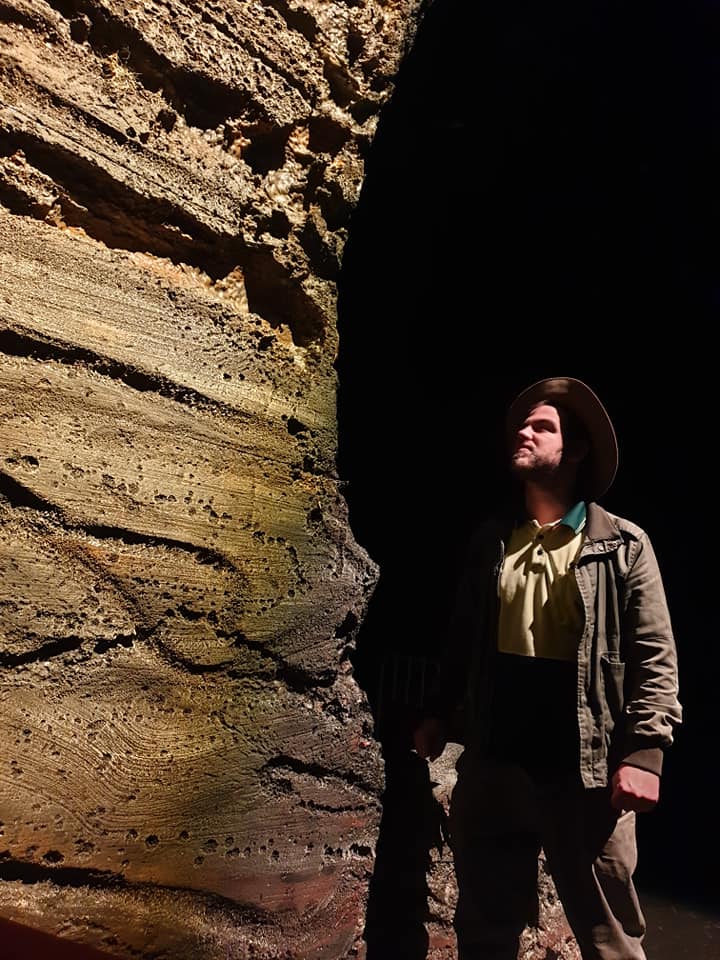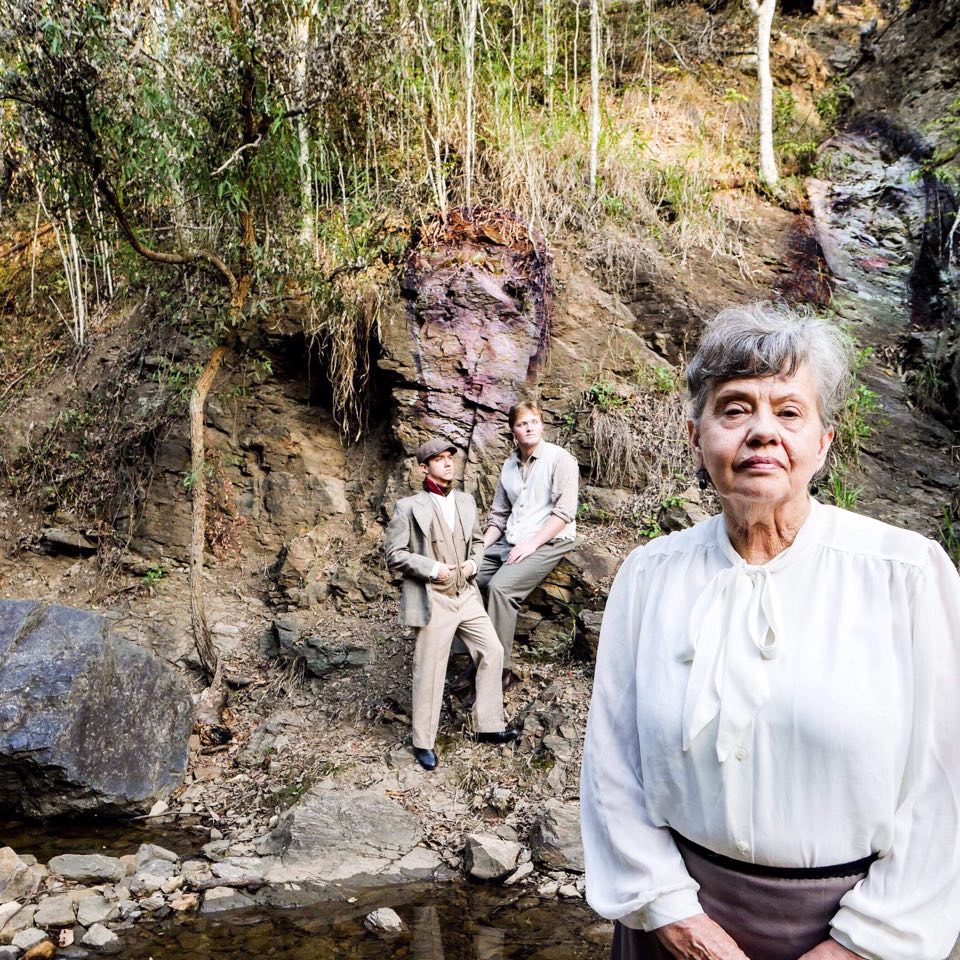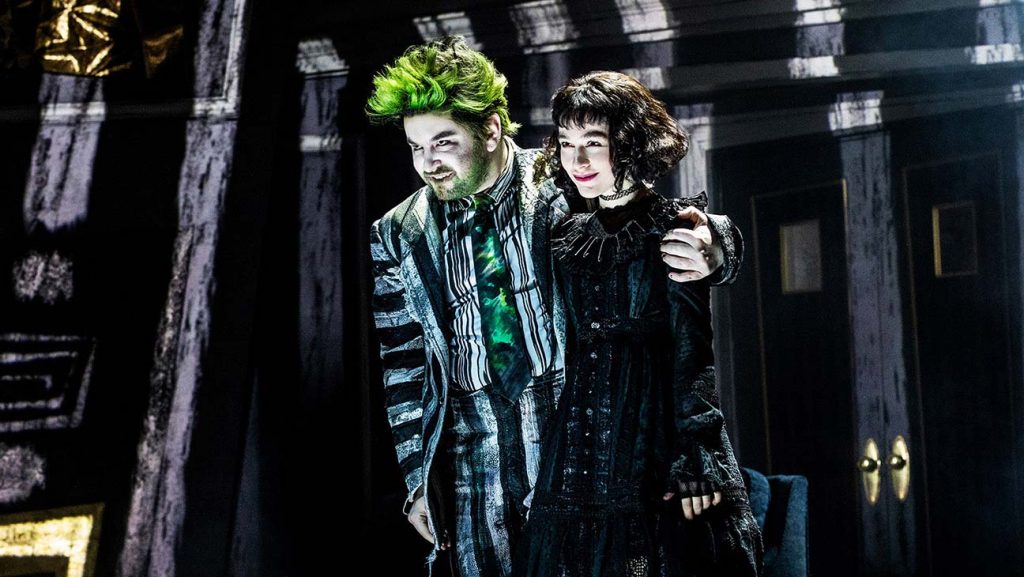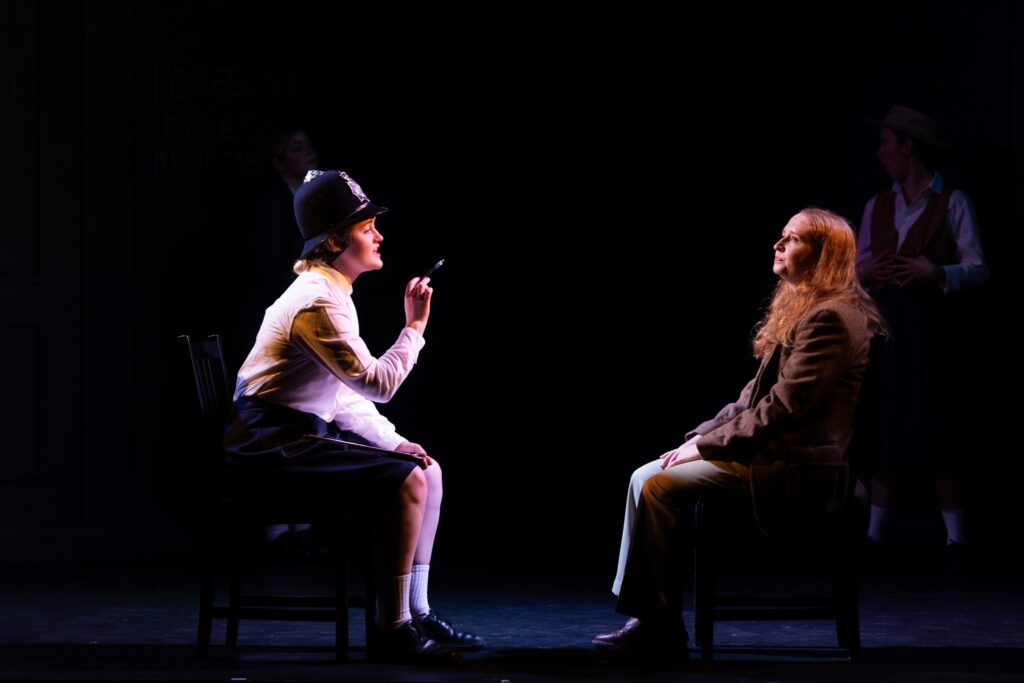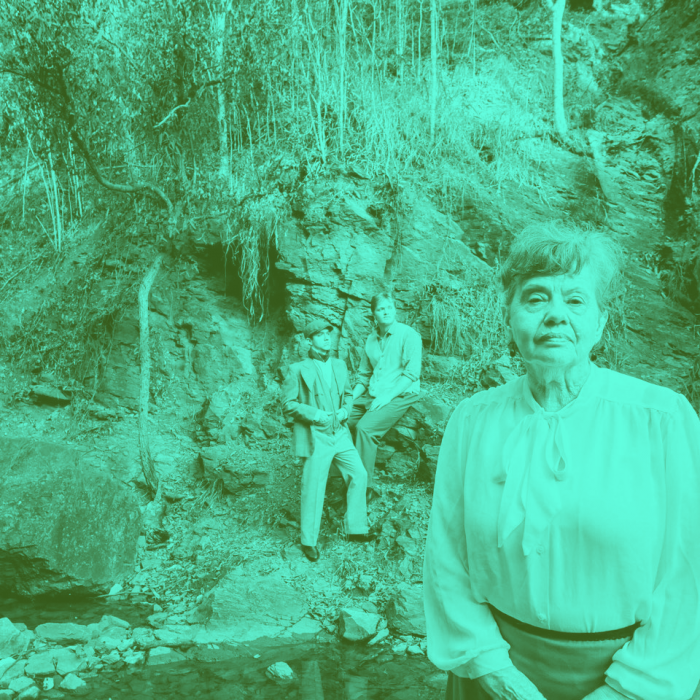
‘Picnic at Hanging Rock’ // Villanova Players
‘Picnic at Hanging Rock’ was haunting.
‘Picnic at Hanging Rock’, the latest in Villanova Players diverse 2019 season, delves boldly into the world of Australian Gothic Theatre. The infamous story haunts the Australian psyche and most audiences will come with a prior attachment to the tale. Our history with this piece is long and wide-ranging, from the 1967 novel by Joan Lindsay, the 1975 film adaptation, the myriad of inspired plays and ballets, and one must not forget the 2018 TV series that still clings freshly to the minds of fans. All of these combine to make the play an apt choice for staging.
For those who remain somehow uninitiated, set in the early 1900s, ‘Picnic at Hanging Rock’ follows the story of three seniors from Appleyard College, an all-girls school, who go missing on their yearly school picnic to the mysterious ‘Hanging Rock’. The enquiries that follow with the teachers from the college, the young student who followed the three seniors when they snuck away, and the British toff and his assistant, round out the remainder of the plot.
Australian Gothic Theatre is reliant totally on creating the correct atmosphere and adhering to some traditional tropes. Tropes such as the emphasis on the Australian bush and its flora and fauna, themes of isolation and loneliness, predominantly white clothing, colonialism, and slightly choreographed, ethereal moments.
Director Jacqueline Kerr does an admirable job tackling this awkward script, for though it is a classic piece of Australian literature the actual text is simplistic. With some cleverly staged moments, brilliant costumes, and fantastic attention to detail in set pieces she brings out a nice gothic atmosphere through the piece.
Kerr creates some lovely visuals and poignant moments in this production. A notable example is her use of physical theatre techniques to convey all the girls and teachers travelling to the rock via carriage. Kerr places the cast around a bench with four standing, four sitting on the bench, and four sitting on the floor and having them all bounce themselves as if riding in a carriage. This use of the space and technique definitely lent itself to the production and removed the clunkiness that could have come with bringing an actual carriage into the space.
The most poignant moment in the production is, without doubt, the final image the audience is left with. The rock, in full light, with all its victims surrounding it staring eerily out into the distance. An ingenious move to really underscore the emphasis on the rock and to keep the mystery surrounding it at the forefront of the audience’s mind.
The costumes, by Desley Nichols and Lia Surrentino, are perfectly accurate to the time and filled the gothic theme to a tee. The young chorus of schoolgirls, arguably the most gothic aspect of the piece, are dressed the entire time in long white dresses with only a hint of coloured ribbon to distinguish them.
The stand out aspect of the entire production is the ‘Rock’ itself. Standing as tall as the stage space, which in the Ron Hurley theatre is very high, it takes up the majority of stage right. Set designer Lucy Moxon has truly outdone herself creating this piece. Not only is the rock impressive in and of itself, but Kerr keeps a light trained on the rock the entire production, truly making it its own character within the play.
However, having the rest of the static set detracted slightly from the experience. While the audience is trying to imagine the characters in the bush, a bed is constantly set just behind them on stage. In saying that, the creation of the different locations and the set pieces themselves were very well done, but it would have been interesting to see some exploration of how these pieces could be moved and otherwise utilised.
Beyond the staging of the show, Kerr has brought together a great ensemble of actors. Though there are issues with the projection of some of the actors, an issue overall in the Ron Hurley Theatre, generally every word of the script can be heard. The strongest performances came from Lillian Dowdell as Irma and Nicholas Sayers as The Honourable Michael FitzHubert. Two young actors with a high level of professionalism, the play lifts every time one of them walked on stage.
As Irma, Dowdell is an excellent balance of petulant school girl, gothic icon, and confused young woman. Where others seem unsure or perhaps nervous in the production, Dowdell moves with ease and commits herself one-hundred per cent to every facet of the role. She creates a wonderful Irma who the audience empathises with and roots for.
In the role of the young British toff, Sayers is everything the audience needed. Complete with poncy attitude, voice, and demeanour he creates a strangely endearing yet slightly off-putting young man. His rapport with his assistant Albert, Steven Eggington, is fantastic and the two make a believable pair.
Other notable mentions include Desley Nichols as Mrs Appleyard, the principal of Appleyard College, who’s upright portrayal of the character suited the piece, though perhaps can use some more certainty with lines. Emily McCormick in the role of Miranda and Bianca Delahaye in the role of Sara also give solid performances. They have all the basics of their characters but could potentially lift their energy just a little more to strengthen their portrayals. Lastly, Robert Gettons as Mr Hussey and Colonel FitzHubert does an admirable job distinguishing the lowly carriage driver and the British toff.
To complement the actors, set and overall atmosphere of the play Kerr created a perfect soundscape. Constantly in the background of the piece is the sound of the Australian bush, filled with bird calls and insect noises. An interesting emphasis is placed on various characters as they are given their own bird call. For example, whenever something happens to young Irma a kookaburra calls. Within this soundscape Kerr also added the sound of curlews, truly anchoring the piece in the world of Australian Gothic Theatre.
Overall Villanova Players production of ‘Picnic at Hanging Rock’ was well done. It employed some gothic theatre techniques to build the correct atmosphere and explore this strange and disturbing little play. An excellent choice by Villanova Players and they are to be commended for exploring Australian pieces in their season.
‘Picnic at Hanging Rock’ performs until Sunday, 8 September 2019. For tickets and additional information go to Villanova Players Website.




